Li Ji-An
Centaur: a foundation model of human cognition
Oct 26, 2024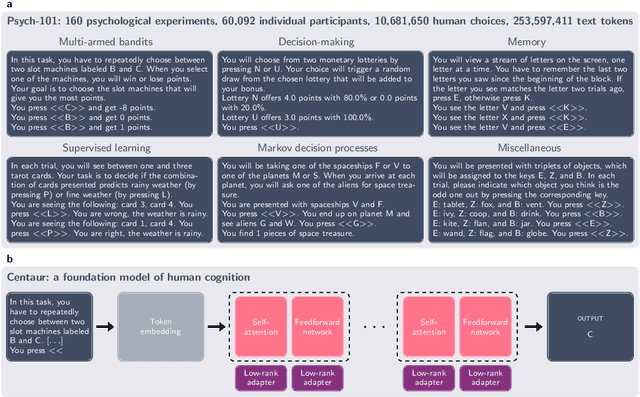
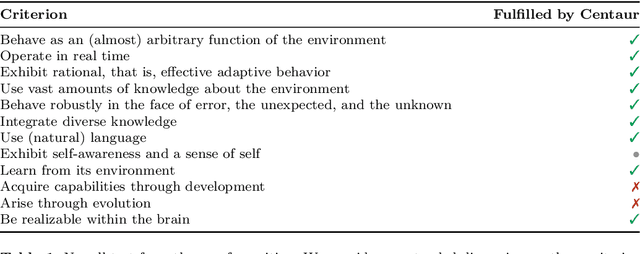
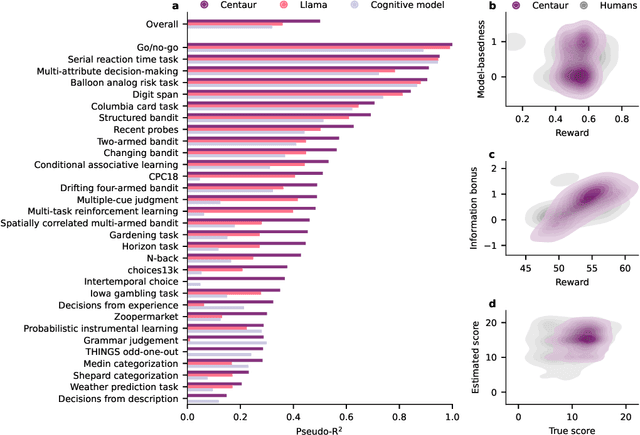
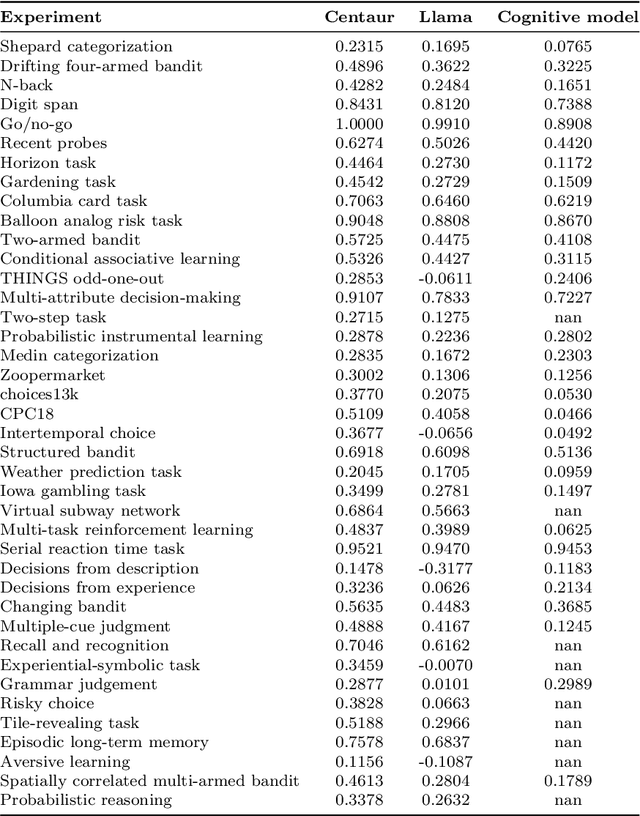
Abstract:Establishing a unified theory of cognition has been a major goal of psychology. While there have been previous attempts to instantiate such theories by building computational models, we currently do not have one model that captures the human mind in its entirety. Here we introduce Centaur, a computational model that can predict and simulate human behavior in any experiment expressible in natural language. We derived Centaur by finetuning a state-of-the-art language model on a novel, large-scale data set called Psych-101. Psych-101 reaches an unprecedented scale, covering trial-by-trial data from over 60,000 participants performing over 10,000,000 choices in 160 experiments. Centaur not only captures the behavior of held-out participants better than existing cognitive models, but also generalizes to new cover stories, structural task modifications, and entirely new domains. Furthermore, we find that the model's internal representations become more aligned with human neural activity after finetuning. Taken together, Centaur is the first real candidate for a unified model of human cognition. We anticipate that it will have a disruptive impact on the cognitive sciences, challenging the existing paradigm for developing computational models.
Deep Learning without Weight Symmetry
May 31, 2024
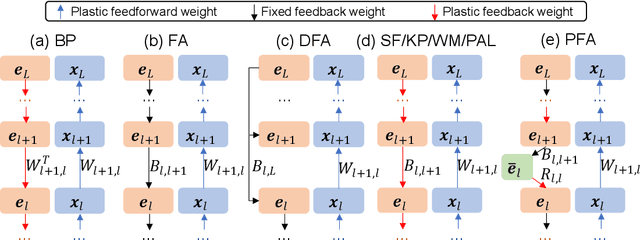

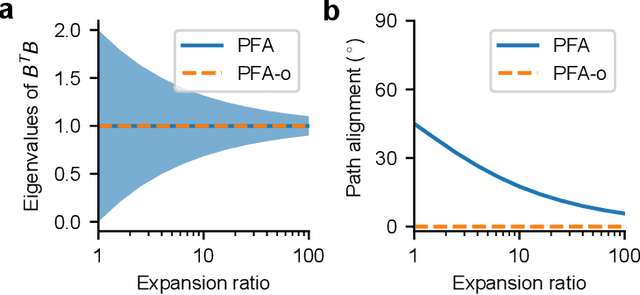
Abstract:Backpropagation (BP), a foundational algorithm for training artificial neural networks, predominates in contemporary deep learning. Although highly successful, it is often considered biologically implausible. A significant limitation arises from the need for precise symmetry between connections in the backward and forward pathways to backpropagate gradient signals accurately, which is not observed in biological brains. Researchers have proposed several algorithms to alleviate this symmetry constraint, such as feedback alignment and direct feedback alignment. However, their divergence from backpropagation dynamics presents challenges, particularly in deeper networks and convolutional layers. Here we introduce the Product Feedback Alignment (PFA) algorithm. Our findings demonstrate that PFA closely approximates BP and achieves comparable performance in deep convolutional networks while avoiding explicit weight symmetry. Our results offer a novel solution to the longstanding weight symmetry problem, leading to more biologically plausible learning in deep convolutional networks compared to earlier methods.
Linking In-context Learning in Transformers to Human Episodic Memory
May 23, 2024Abstract:Understanding the connections between artificial and biological intelligent systems can reveal fundamental principles underlying general intelligence. While many artificial intelligence (AI) models have a neuroscience counterpart, such connections are largely missing in Transformer models and the self-attention mechanism. Here, we examine the relationship between attention heads and human episodic memory. We focus on the induction heads, which contribute to the in-context learning capabilities of Transformer-based large language models (LLMs). We demonstrate that induction heads are behaviorally, functionally, and mechanistically similar to the contextual maintenance and retrieval (CMR) model of human episodic memory. Our analyses of LLMs pre-trained on extensive text data show that CMR-like heads often emerge in the intermediate model layers and that their behavior qualitatively mirrors the memory biases seen in humans. Our findings uncover a parallel between the computational mechanisms of LLMs and human memory, offering valuable insights into both research fields.
 Add to Chrome
Add to Chrome Add to Firefox
Add to Firefox Add to Edge
Add to Edge